Make Your Workplace Safer
The most effective way to convince your employer to provide the protections you need is to take action with a group of your co-workers.
Have you ever gone by yourself to ask your boss for something—a different shift, to change how something is done or even a pay raise? Not only can it be intimidating, but too often your request is ignored.
If you feel like your employer is not protecting you and your co-workers from the risk of exposure to COVID-19, you can't afford to be ignored.
1. Talk to your co-workers.
Get together with your co-workers and find out if they are willing to improve your workplace.
- Talk with co-workers one on one. Start with your friends and people you trust.
- Talk during break periods and in break areas, and where there is privacy. If there is no privacy at your workplace, talk outside of work. Don’t use your work email or work-issued technology.
- Ask how they feel about the lack of safety protections at work and actively listen to their responses. Share some of your concerns and identify the issues you have in common. Ask if they are willing to do something about it and get a commitment from them.
- If a small group of your co-workers commits to acting together, decide as a group what changes you’d like to see at your workplace to make it safer.
- Make a larger list of co-workers and work with your group to make a plan to achieve your goals.
2. Document the hazards.
Write down each health and safety risk you see. Make sure that you and co-workers note the date, the time, location, what you saw, who was exposed and who else witnessed it. Be sure to not include any confidential information, such as patient information.
Do you have a worker safety committee that can help you with recording and tracking hazards? A worker safety committee is made up of your co-workers to identify and together bring safety issues to management. A union can help you create an effective worker safety committee.
3. Contact a union organizer.
Unions have been helping working people win better health and safety protections at work for decades and that work continues during this health and economic crisis.
When you and your co-workers come together to form a union, you earn the right to negotiate with your employer over wages, benefits and working conditions, and without fear of retaliation.
A union organizer can assess your workplace, and help you make a plan with your co-workers to improve your working conditions and save lives.
Working People Join Together for a Safe Return to Work
As companies have begun to reopen after closures due to the pandemic, union members around the country are leading the fight for a safe return to work by exposing unsafe conditions, creating standards that protect workers and using union bargaining power to negotiate return-to-work agreements with employers.
Here’s a sample of union efforts to ensure a safe return to work:
- Disneyland unions demand opening date be pushed back
- Ford pauses production at Kansas City Assembly Plant after worker tests positive for COVID-19
- COVID-19 spurs union pushes among Chicago-area essential workers.
- Faculty-staff union wants input in University at Buffalo reopening plan
- NFLPA says players could be tested for coronavirus every three days among return-to-work protocols
- Construction unions adapt to new landscape with COVID-19 under Phase I reopening in New York City
- SAG-AFTRA, the Directors Guild of America, IATSE, and the Teamsters release Industry-Wide Guiding Principles For Broadway Reopening




